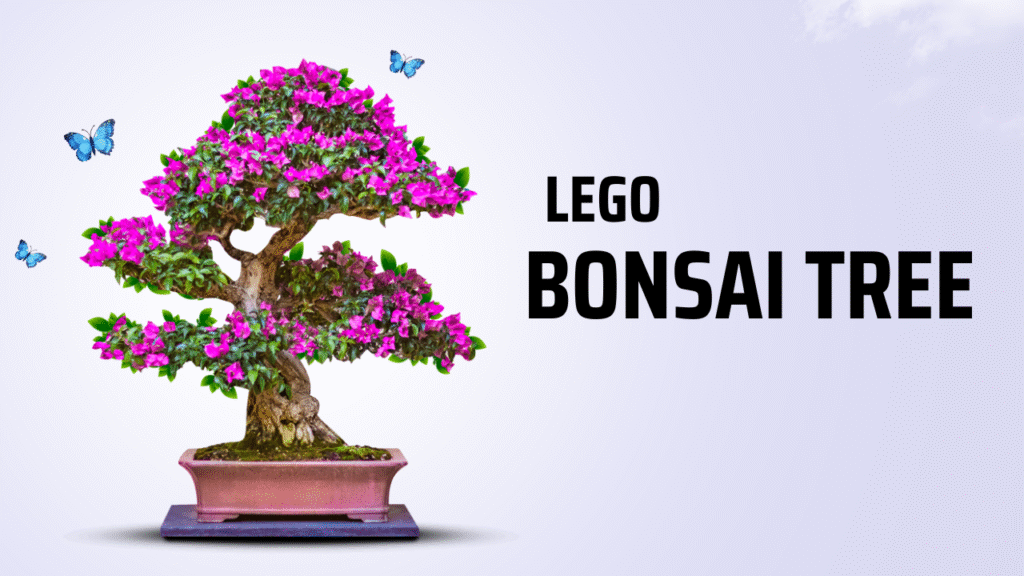
The Intersection of Play and Tranquility Lego bonsai tree
A Lego bonsai tree combines the delightful creativity of Lego bricks with the calming essence of traditional bonsai. At first glance, it’s a playful sculpture; upon closer inspection, it becomes a miniaturized homage to centuries-old horticultural artistry. Builders select muted shades of brown, green, and sometimes pink or white to mimic bark and foliage. The trunk often emerges from twisted stacks of wedge pieces and flexible joints, conveying the bonsai’s age and character. In its leaves, small rounded plates, leaf-style tiles, or flower elements gently cluster, echoing the natural asymmetry bonsai enthusiasts cherish. The result is a tactile model that encourages both aesthetic appreciation and mindful play
A Crafting Practice with Purpose
Constructing a Lego bonsai isn’t just about assembling bricks—it’s a craft steeped in intentional design. One begins by studying real bonsai styles: formal upright (chokkan), slanting (shakan), cascade (kengai), or windswept (fukinagashi). Armed with this reference, the builder drafts a miniature blueprint, accounting for trunk thickness, branch positions, and canopy shape. As branches take form, the arrangement must maintain balance—neither overly symmetrical nor chaotic. In filling the leaf clusters, a delicate hand is essential: too dense, and the model appears rigid; too sparse, and it loses fullness. With each piece placed, the builder engages in deliberate decision-making, honing skills like spatial reasoning, visual composition, and even improvisation when pieces don’t fit as planned
Meditative Assembly and Display
The act of building a Lego bonsai becomes a form of meditation. Much like pruning a real bonsai, the builder must frequently step back, observing proportions and flow. Adjustments are welcomed rather than seen as errors—one might flick a few leaf elements, rotate a branch by a stud, or trim away extra plate layers to restore harmony. This contemplative process fosters patience and presence, qualities vital in both horticulture and mindful play. Once completed, the Lego bonsai transforms into a charming desk companion or shelf accent. Placed on a shallow dish—mimicking the traditional bonsai pot—it invites onlookers to admire its crafted serenity and, perhaps, sparks conversations about artistry, play, and nature-inspired design
Education, Customization, and Community
Beyond its beauty, a Lego bonsai offers educational depth. It introduces builders to plant structure, encourages stylized interpretation (you’re not replicating a maple leaf exactly, but evoking its spirit), and connects architectural thinking with organic motifs. Hobbyists can experiment with seasonal variations too: warm orange leaves for autumn, delicate pink tiles for spring blossoms, or even white round studs for winter snow. The Lego fan community amplifies this creativity through digital platforms and fan conventions, sharing photos, instruction PDFs, and video tutorials. Some even blend live bonsai and Lego displays, highlighting the parallels between living practice and brick-built art. In this communal and modular space, the Lego bonsai thrives as a symbol of ingenuity—merging time-honored botanical tradition with playful imaginative construction